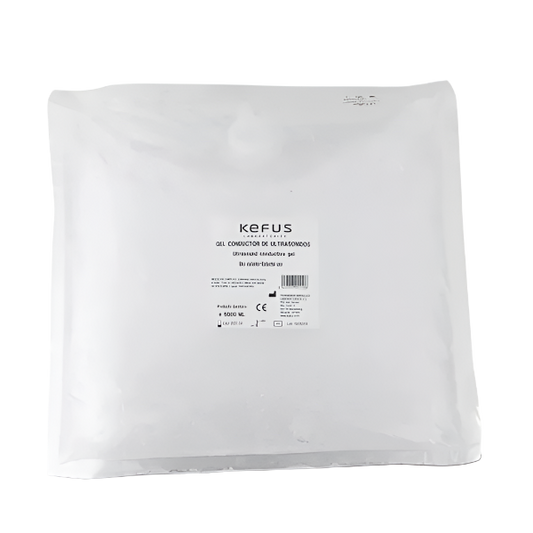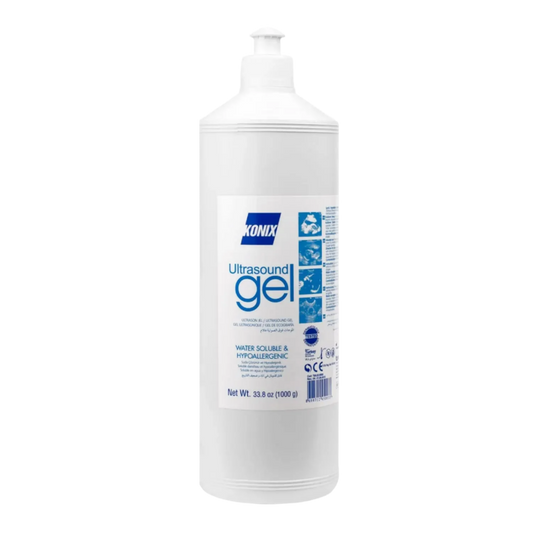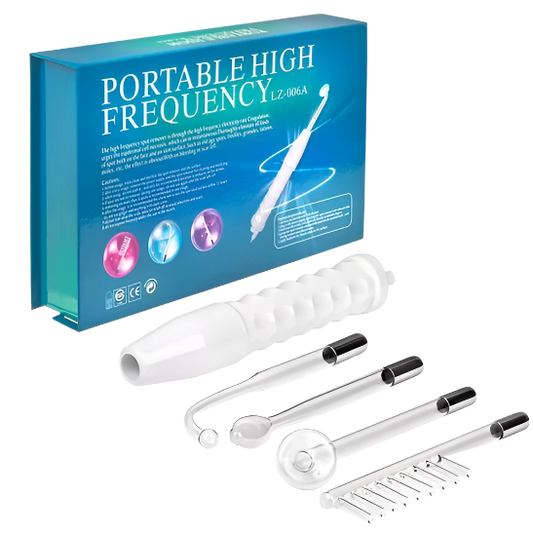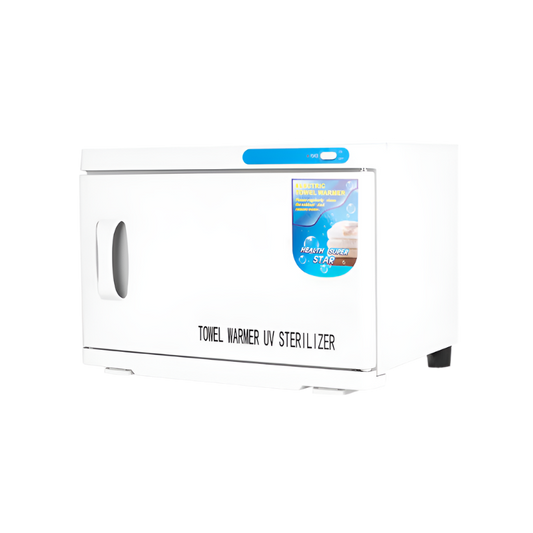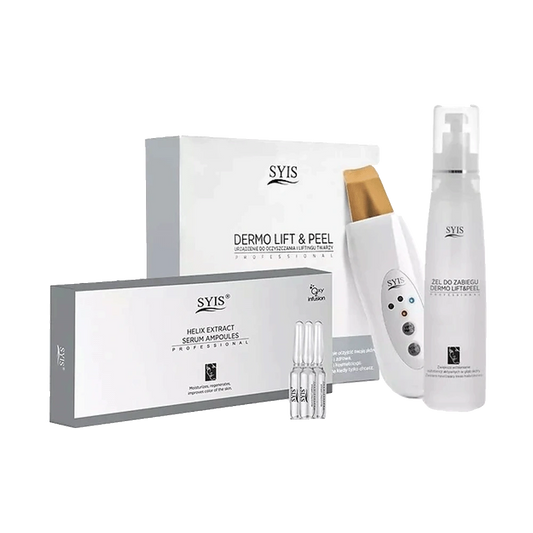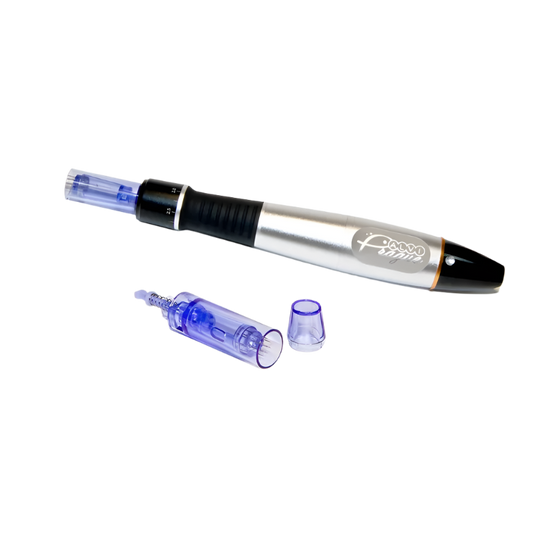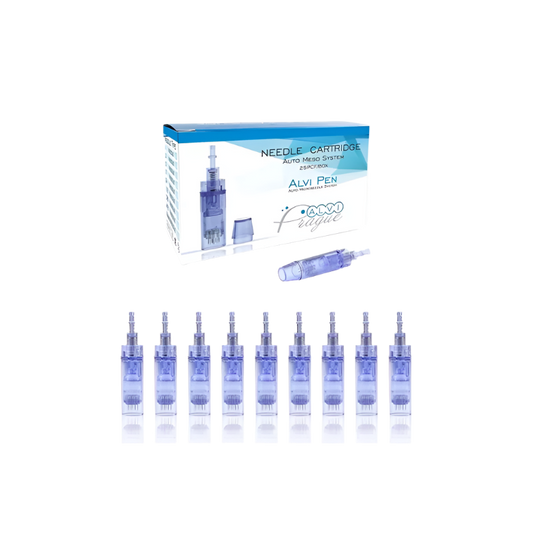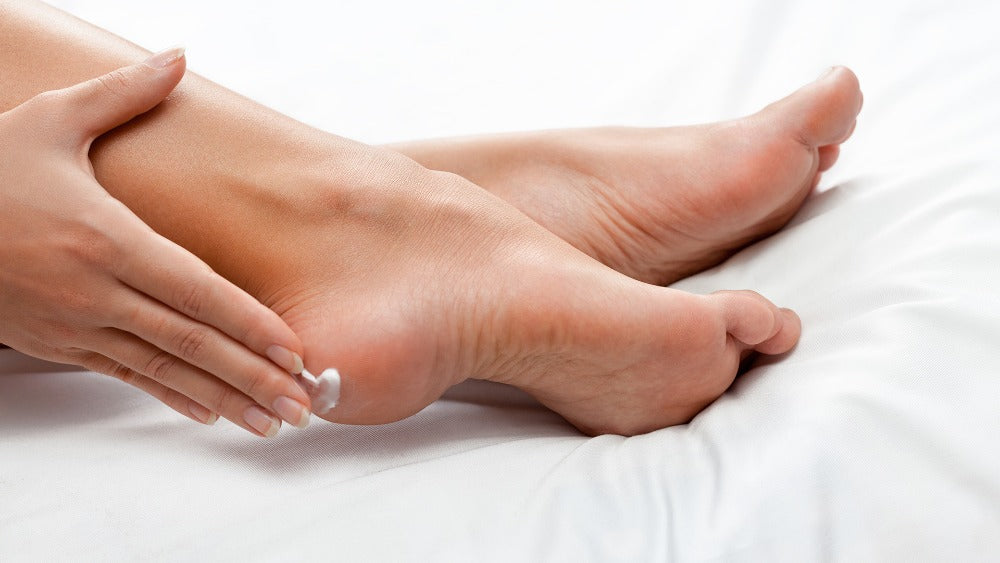
Care for cracked feet with calluses
Share
Summer is barefoot time! Who doesn't want beautiful legs with firm skin? Even cracked feet with excessive calluses can be made beautiful again with the right care. For carefree summer.
- What causes cracked feet and excessive calluses?
- What is the best way to care for your feet?
- Soft feet with proper care
- Pressure protection can protect against hyperkeratosis and calluses
What causes cracked feet and excessive calluses?
Calluses are our body's defense system against pressure. To protect the deeper layers of tissue, the skin responds to persistent stimuli by thickening the stratum corneum (stratum corneum). This increased cornification of the skin is called hyperkeratosis. There are 2 types of hyperkeratosis:
-
Retentional hyperkeratosis caused by reduced desquamation (shedding of dead cells)
-
proliferative hyperkeratosis caused by an increase in the rate of cell division in the germinal layer of the epidermis.
Excessive calluses on the foot can appear as corns or calluses (collarbone) and, depending on the severity, can also be painful and cause a decrease in skin elasticity. If there is pressure on the sole of the foot, this can contribute to the formation of cracks. Hyperkeratosis also increases the risk of fungal infections. Superficial hyperkeratosis and small cracks are initially painless and are therefore usually ignored until the pressure and feeling of tension become too strong. If hyperkeratosis is not treated, not only does the risk of cracking increase, but inflammation can also occur.
What is the best way to care for your feet?
Remove hyperkeratosis sparingly. Callus formation is a protective mechanism of the skin. If too much is removed, there will be more pressure transfer to the deeper layers of the skin and, as a result, calluses will increase. Skin damage is also a stimulus for further callus formation. Therefore, it is very important to act sparingly and without injury in foot care, whether hyperkeratosis is removed with a scalpel, callus scraper, rotary instruments or a combination of all methods.
To keep your legs beautiful and healthy, the cause should be treated whenever possible. Well-chosen pressure protection and proper care can do wonders to minimize the recurrence of hyperkeratosis and cracks.

Soft feet with proper care
There are cosmetic products that effectively reduce hyperkeratosis. For example, balms and other treatments for reducing calluses, with ingredients that help exfoliate the callus cells (keratolytic effect). Such ingredients are, for example, urea (more than 15% keratolytic) or salicylic acid. These products should be applied topically to severely calloused skin areas until the calluses reach normal levels.
Foot exfoliation is another ongoing callus reduction option that anyone can use at home and feel good about. Finely ground peeling particles mechanically remove dead skin cells.
Nourishing creams and foams also help prevent the reappearance of calluses and cracks, also because dry skin is prone to hyperkeratosis. To be most effective, foot care products must restore moisture and lipid balance to the skin. Using a cream or foam depends on preference; in the summer, foam is more convenient to use, as it is instantly absorbed into the skin, while cream needs more time to absorb. Dermatological studies have shown that skin hydration and elasticity can be effectively increased by using creamy creams and foams. The main thing is the ingredients that are part of the foot care product. Moisturizing ingredients that are part of the skin's natural moisturizing factors have proven to be especially effective. These are, for example, urea (3 to 10%) or hyaluronic acid. The oils and butters included in the composition should be as safe for the skin as possible and ideally balance the fatty acid spectrum of the skin. Particularly valuable ingredients are therefore, for example, jojoba oil or evening primrose oil. By choosing a cream or foam with the right ingredients for each skin type on your feet, you can make them smooth and beautiful again.
Thanks to professional callus removal and daily use of effective care products, everyone can walk barefoot again in the summer without cracks.
Pressure protection can protect against hyperkeratosis and calluses
Pressure protection items can effectively protect against friction and pressure. They come in a variety of materials such as soft felt, foam or polymer gel. The advantage of polymer gels is that they have a low allergy risk and are long-lasting. Polymer gels are also available in combination with textile fabrics for a more pleasant feel on the skin and more discreet use. Pressure relief can be individually adjusted with orthotic systems. It is important for any pressure protection that it actually relieves pressure from the stressed area and minimizes existing friction. For example, a pad around a callus should be designed so that no further pressure is generated at the callus site. It is also very important that pressure protection is accompanied by appropriate footwear.

